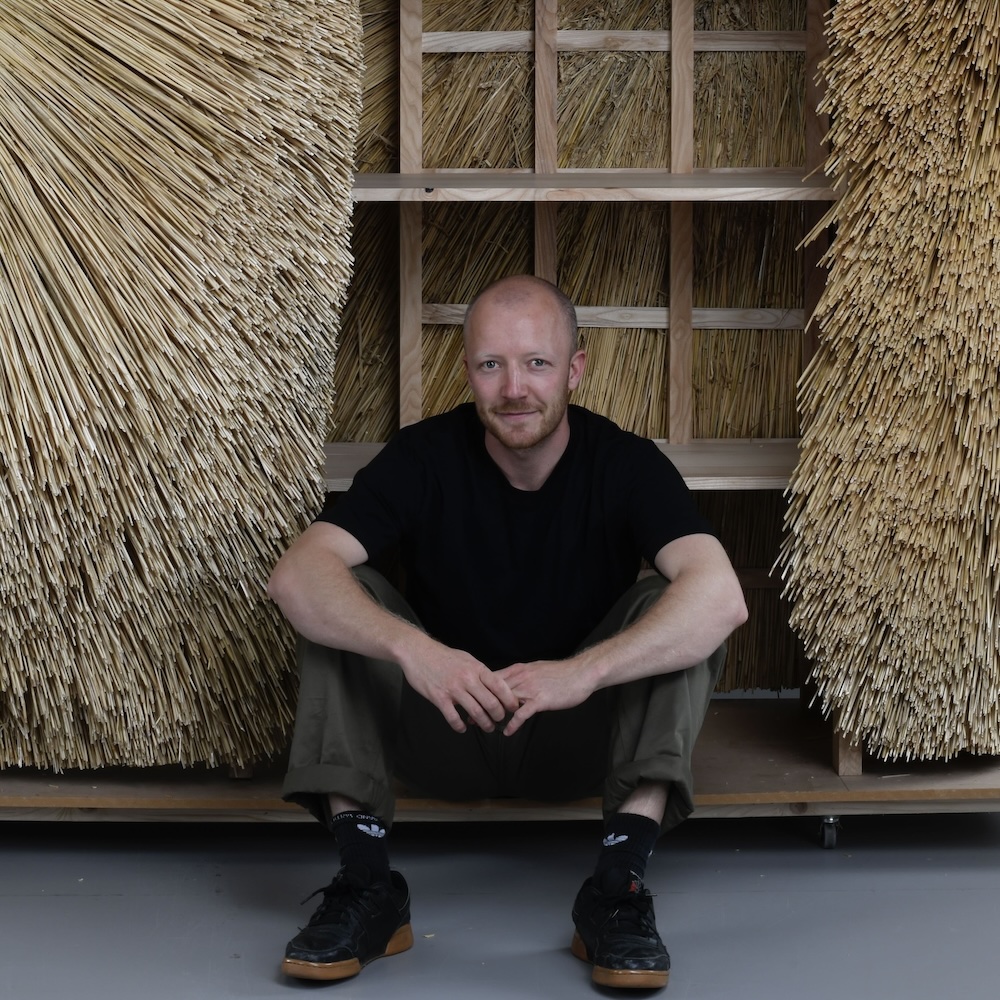Twisted Lamp
Category: Interior
Competitions: Home Competition 2025
This lamp looks to create simple lighting solution from beech wood, joined by the use of metal wire. Simplifying the construction process of the object and enabling the full deconstruction and reconstruction of parts for repairs, re-makes and recycling. The lamp showcases two beautiful materials side by side, while creating a light which spreads ambient table top lighting.

